How to draw LIAM PAYNE from ONE DIRECTION by pencil with this how-to video and step-by-step drawing instructions. Celebrity drawings for beginners and All.
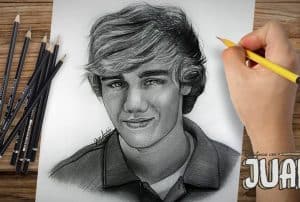
Please see the drawing tutorial in the video below
You can refer to the simple step-by-step drawing guide below
Step 1
Lightly draw an oval with a #2 or HB pencil. Make sure you draw it as shown in the picture.
Step 2
Now draw a red bisector to balance the contours of his face.
Step 3
Lightly outline the crescent red lines for the hairline and head block.
Step 4
You can draw lines a. for eyebrows, b. for eyes, c. for the nose, d. for the mouth, and e. for shoulder positions.
Step 5
Now draw Liam’s eyebrows and eyes.
Step 6
Observe where Liam’s features appear relative to the principles. Draw his nose, smile line and mouth.
Step 7
Watch closely how Liam’s facial contours, jawline, chin, and ears relate to the principles. When you draw, you will have more accuracy.
Step 8
As you outline his hair, add those lines and curls. And use short curls for his bangs. Try staying close to the lines that represent his direction & curls. This will be useful when you shade it.
Step 9
Now draw on his collar and shoulders. If you don’t have one, you can delete your rule.
Step 10
I made this line drawing especially for you if you don’t want to do the pencil shading and blending. If not, let’s continue with the pencil drawing.
Step 11
Here is a sketch done with a 0.7mm mechanical pencil. Look closely and see if your lines look like this. You can erase if some areas like eyes or nose don’t align. Use your kneaded eraser and erase shadow outlines or dark lines with your kneaded eraser for a more realistic look as you shade. Shade transitions from dark to light (or vice versa) should be smooth…no harsh lines. Be patient with this, it’s not as complicated as you think. As you make more images, this will come easier to you.
Step 12
This time the Acrylics won! Sandpaper, the new kid on the block has to lean back with my amazing Titanium White or Opaque Watercolors to hit the HIGHLIGHTS! Yaaah! Try it, you will love it!
Step 13
The image accompanying this step shows two different ways to hold your pencil to achieve certain effects. EXCELLENT: Holding a pointed pencil in normal writing with your fingers in the center or near the tip gives you fine control and fine/detailed strokes. UNDERSTAND: Hold the pencil at a 45-degree angle or near the table with the tip of the pencil under your palm with the pencil flat, giving you great coverage. With the #2 pencil, you have the lead side exposed for shading. But for a wider area, use a Cretacolor Monolith graphite pencil that doesn’t have a wooden case. The whole sharpened part is all lead, just like in the picture of the step. Practice toning values to help keep you in control.
Step 14
PENCIL STROKES & TONE, SHADING, TEXTURE – For your convenience, I have included in this step with different pencils, strokes to use. And you can study the shapes that make up this drawing universe, along with tones, shadows, and textures.
Step 15
The best thing you can do when drawing hair is to establish a general shape then work on the main strands by holding your pencil at a 45 degree angle to smooth and cover. Then, as in the third image, you can work in more detail. But here’s a TIP! Do not draw a straight line for the hairline. Make small strokes to represent the section of hair starting at the base. Look at real people and see that their hairline is not a straight line. Practice and your painting will look more realistic.
Step 16
The image here is a great exercise for value shading. I have a secret little trick for you to make things easier. You can download it to your desktop. First click on the image to get access to the full size. By right-clicking the mouse, you can select “Save Image As.” It will save to your desktop.
Step 17
After printing out some of the samples above, practice shading in the values like this one. You familiarize yourself with this shading technique giving you more control and confidence.
Step 18
Before starting to apply the pastel, I erased the dark contours on the nose, lips, smile line for a more realistic shade. Now I can get started with the pastel application. If you draw the whole picture in pencil sketch, this is where you will sketch in circles or small lines to shade areas. It will take hours to cover all that area with a pencil. I chose to shade with pastels. In a few strokes I had coverage. Apply light to medium gray color to face, hair and neck. I added dark gray to the shaded areas of his hair, eyebrows, and coat. It looks like a mess, but that’s how some starter projects come out. Be patient with you and keep applying white, gray and black layers. You will have a great result.
Step 19
Here I used my blend stump to “draw” more lines, adding shading to his eyebrows, chin, neck and coat. I needed to whiten areas like some hairs and highlights in his eyes and did this with a kneaded eraser. After those adjustments, I sprayed the painting with “Krylon Workable Fixatif” to adhere the pencils and pastels to the paper for a smudge-free and workable surface.
Step 20
I darkened his eyes, eyebrows, eyelashes and coat with my HB 0.7mm mechanical pencil. I also define his lips. Blend his big hair with my blend stump after sketching, for a more realistic look. I made sure to add some powdery white to his hair to add shine and strands.
Step 21
I basically added more highlights with Opaque Watercolor for the lights in his eyes, strands of hair and a medium gray detailing on his jacket. The background is added with a medium gray and smoothed with a paper towel. TIP: I have darkened this photo (in my photo editing program) to make it look more like the original and the reference image because my scanner has lost the balance of brightness and contrast. Now Liam “pops” out!
Step 22
I copied this background from my reference photo to add drama to my intro photo and save time. Now, To help with specific areas of highlights, tones, textures and so on, the next two steps will show you.
Step 23
Without highlights, your painting will have a flat appearance. Click this image to learn how to make your own POP photo!
Step 24
Click on this image to see how tone, shade, texture and light reflections affect Liam Payne, a great singer, and I was thrilled when he showed up at the Olympics. Closing with members of his One Direction band! I am closing right now. But all of you are amazing and I’m glad to have worked with you on this tutorial. Like, comment and show your love here. And I will definitely reply back soon or last. Love, peace, happiness, success and better days come to you! *hug* *blowkiss*

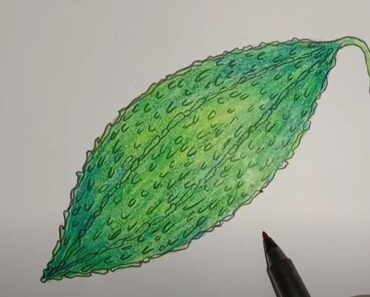
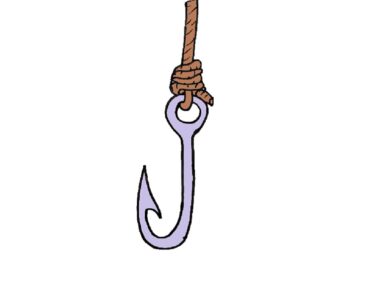
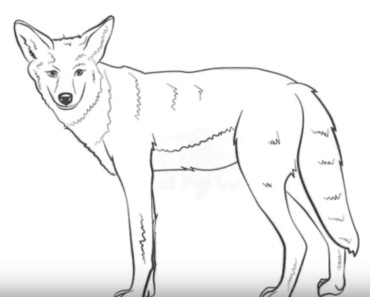
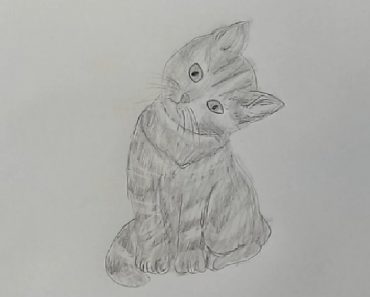
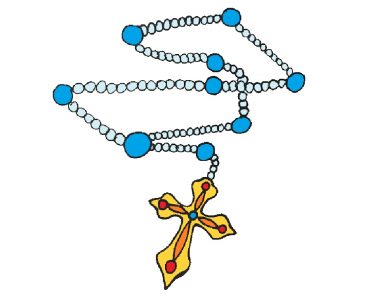
No Responses